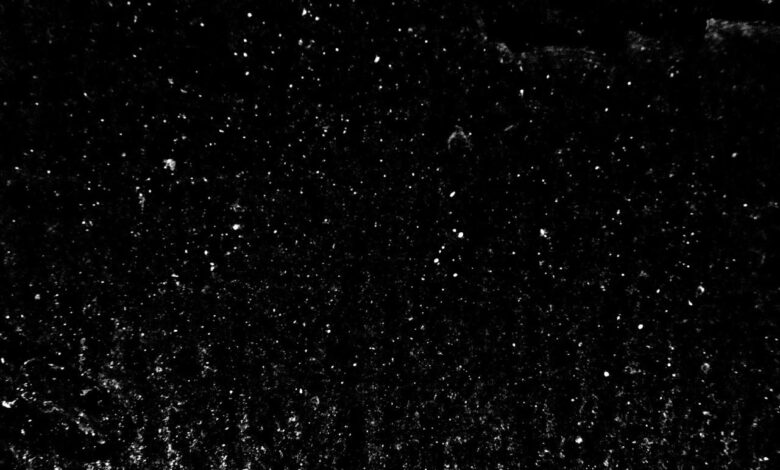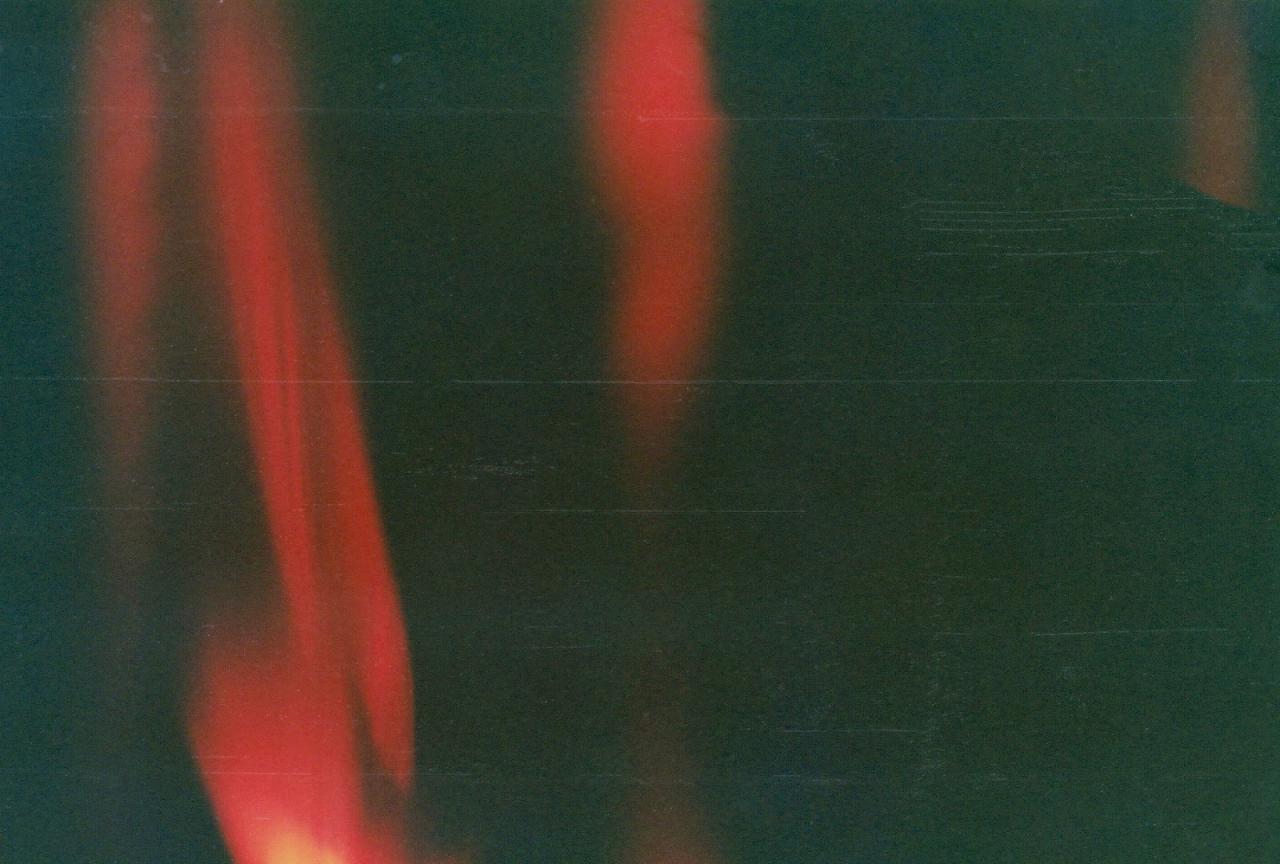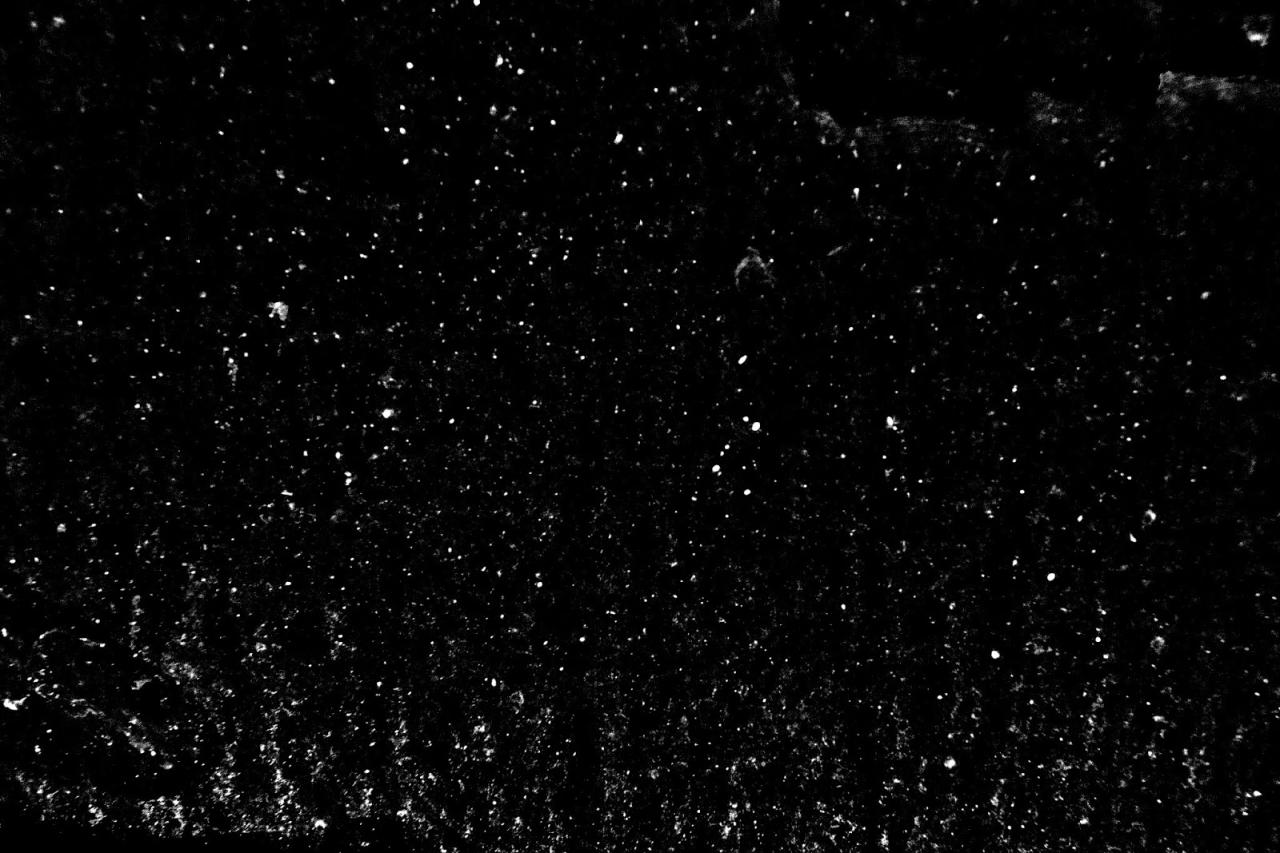
Best Film Grain Texture A Visual Guide
Best film grain texture isn’t just about technical specs; it’s about evoking emotion and atmosphere. Think of the gritty realism of a neo-noir, the dreamy softness of a classic romance, or the stark, almost grainy documentary feel of a war film. The right grain texture can completely transform a movie’s mood, subtly influencing how we perceive the story and characters.
This isn’t just about aesthetics; it’s about storytelling.
We’ll dive deep into understanding different types of film grain, from the subtle nuances of fine grain to the bold texture of coarse grain. We’ll explore how film stock, processing, and even digital post-production techniques impact the final result. We’ll also look at how grain interacts with resolution and how filmmakers strategically employ grain to enhance specific scenes and themes, adding layers of meaning and depth to their work.
Get ready to explore the fascinating world of film grain!
Defining “Best” Film Grain Texture
Defining the “best” film grain texture is inherently subjective; what one person finds aesthetically pleasing, another might find distracting or undesirable. The ideal grain structure depends heavily on the overall artistic vision of the filmmaker and the specific mood or atmosphere they aim to create. A grainy texture can contribute significantly to a film’s visual identity, adding character, depth, and a sense of realism or nostalgia, but the “best” grain will always be context-dependent.Different aesthetic goals influence the preference for specific grain textures.
For example, a gritty, high-contrast noir film might benefit from a coarse, heavy grain that enhances the film’s dark and shadowy atmosphere, while a romantic drama might utilize a finer, more subtle grain to maintain a softer, more delicate visual style. The type of film stock used, the processing techniques employed, and even the lighting conditions during filming all play a role in shaping the final grain structure.
Consequently, there’s no single “best” grain, but rather a range of options, each suited to different stylistic choices.
Aesthetic Influences on Grain Texture Preference
The desired aesthetic heavily influences the choice of film grain. A filmmaker aiming for a realistic, documentary-style look might prefer a more natural, less uniform grain structure. This might resemble the grain found in older films shot on less sensitive stock. Conversely, a filmmaker striving for a stylized, almost painterly effect might opt for a more pronounced, textured grain that adds a distinct visual signature to the film.
The grain’s characteristics—its size, density, and distribution—can significantly impact the overall visual feel, ranging from subtle textural detail to a highly noticeable, almost abstract element. For instance, a film aiming for a nostalgic, classic Hollywood feel might utilize a finer grain, evoking the look of older films. Conversely, a film aiming for a more modern, gritty aesthetic might utilize a coarser, more pronounced grain structure.
Examples of Films with Visually Appealing Grain
Several films are renowned for their distinct and visually appealing grain textures. Consider the gritty, high-contrast grain of films like
- Blade Runner 2049*, which uses its grain to enhance the film’s neo-noir atmosphere. The grain isn’t merely a byproduct of the filming process; it’s an integral part of the film’s visual storytelling. In contrast, films like
- Moonlight* often showcase a more subtle and delicate grain, contributing to the film’s intimate and emotionally resonant feel. The grain in these films is carefully controlled and integrated into the overall visual design, demonstrating how grain can be a powerful tool for shaping the audience’s emotional response. The difference between these examples highlights the versatility of grain and how it can serve very different artistic purposes.
Types of Film Grain Textures

Source: pngtree.com
Film grain, that beautiful textural element so often associated with classic cinema, isn’t just random noise. Understanding its nuances—size, density, and distribution—is key to appreciating its aesthetic impact and controlling its presence in your own work, whether shooting on film or emulating it digitally. Different film stocks produce distinctly different grain characteristics, and even the processing techniques can significantly alter the final result.
Film grain is essentially the visible manifestation of the silver halide crystals in the photographic emulsion. The size, number, and arrangement of these crystals determine the overall grain structure. Larger crystals result in coarser grain, while smaller crystals create finer grain. Density refers to the concentration of these grains, affecting the overall darkness and contrast of the image.
Finally, the distribution, or how the grains are scattered across the film, contributes to the texture’s uniformity or irregularity.
Film Stock and Grain Characteristics
Different film stocks are formulated with varying silver halide crystal sizes and concentrations, leading to unique grain patterns. High-speed films, designed for low-light situations, generally exhibit larger and more densely packed grain structures than low-speed films optimized for fine detail. This is because larger crystals are more sensitive to light, allowing for faster exposure times. However, this comes at the cost of a potentially more noticeable grain structure.
Conversely, low-speed films tend to have a finer, less prominent grain, but require more light to achieve proper exposure. The choice of film stock is therefore a crucial stylistic decision, influencing not only the image’s sensitivity to light but also its inherent aesthetic qualities.
Impact of Processing Techniques
The development process significantly impacts the final grain structure. Longer development times generally increase grain size and density, creating a more pronounced grain texture. Conversely, shorter development times tend to result in finer grain. The type of developer used also plays a role; different developers can interact with the silver halide crystals in varying ways, influencing the final grain appearance.
Factors such as temperature and agitation during development also contribute to the final grain texture, adding further complexity to the process. Careful control over these variables allows for a degree of manipulation of the grain, enabling filmmakers and photographers to fine-tune the aesthetic qualities of their images.
Comparison of Film Stocks and Grain Characteristics
| Film Stock | Grain Size | Grain Density | Overall Appearance |
|---|---|---|---|
| Kodak Vision3 500T | Medium to Large | Medium to High | Visible, somewhat coarse, with a characteristic “classic” look. Often described as having a three-dimensional quality. |
| Ilford HP5 Plus | Medium | Medium | Relatively fine, but still noticeable. Offers a good balance between speed and grain. Often praised for its sharpness and detail retention. |
| Kodak Tri-X 400 | Medium to Large | Medium to High | Similar to Vision3 500T, but often perceived as having a slightly more pronounced grain structure and higher contrast. |
| Kodak Portra 400 | Fine | Low | Very fine grain, almost imperceptible in many situations. Known for its smooth, subtle tones and generally low-contrast rendering. |
Achieving Specific Film Grain Textures in Post-Production: Best Film Grain Texture
Adding film grain digitally is a powerful tool for enhancing the aesthetic appeal of your video or film projects. It can imbue a sense of nostalgia, realism, or even a gritty, stylized look, depending on your chosen approach. The key lies in understanding the various methods and tools available and mastering the subtle art of grain control.
Digital Grain Plugins and Effects
Many digital tools offer film grain effects, each with its own strengths and weaknesses. Popular options include plugins from companies like Red Giant, Neat Video, and various free options available online. These plugins often provide a range of presets simulating different film stocks, allowing for quick and easy application. However, the true power lies in the ability to customize grain characteristics.
Finding the best film grain texture for your videos can be a real quest! I’ve been experimenting lately, and to get my videos looking top-notch, I’ve been diving deep into post-production techniques, even checking out resources like this awesome guide on getting it on with youtube to understand YouTube’s best practices. Ultimately, the right grain texture really enhances the mood and aesthetic, so it’s worth the effort!
For example, Red Giant’s “Magic Bullet Looks” offers extensive control over grain parameters, while Neat Video primarily focuses on noise reduction but can also add grain to enhance a cleaned image. Free plugins often provide a more limited selection of presets and customization options but are excellent for experimentation.
Advantages and Disadvantages of Different Digital Grain Plugins
- Commercial Plugins (e.g., Red Giant): Advantages include extensive customization options, high-quality results, and often better integration with professional editing software. Disadvantages include higher cost and a steeper learning curve.
- Free Plugins: Advantages include accessibility and cost-effectiveness. Disadvantages include fewer features, potentially lower-quality results, and potentially less compatibility with various software.
Visual Comparison of Grain Presets and Custom Settings
Let’s consider two scenarios. Using a preset labeled “Kodak 5219,” we might achieve a fine, relatively even grain distribution, giving the image a classic, slightly muted look. This is suitable for a vintage aesthetic. In contrast, a custom setting with a larger grain size, higher contrast, and a clustered distribution might evoke a more aggressive, gritty, and high-contrast look, reminiscent of older, lower-light cinematography.
The difference is dramatic; the preset provides a subtle enhancement, while the custom settings create a noticeable textural element. This showcases how the same plugin can produce vastly different results based on user settings.
Controlling Grain Size, Contrast, and Distribution
Precise control over grain characteristics is crucial. Grain size directly impacts the perceived resolution and texture. Larger grain creates a coarser, more noticeable texture, while smaller grain is subtler and less intrusive. Grain contrast affects the visibility of the grain against the image’s tones. Higher contrast makes the grain stand out more, while lower contrast results in a more integrated, less noticeable grain.
Finally, grain distribution affects the evenness of the texture. A uniform distribution provides a consistent look, while a clustered distribution creates a more uneven, potentially more organic appearance. These parameters are usually adjustable through sliders or numerical inputs within the grain plugin, allowing for fine-tuning to achieve the desired aesthetic. Experimentation is key to understanding how these parameters interact and affect the final image.
For example, increasing grain size and contrast simultaneously will create a significantly more pronounced and noticeable grain effect.
The Role of Film Grain in Storytelling and Mood
Film grain, often overlooked, is a powerful tool in a filmmaker’s arsenal. More than just a technical artifact, it profoundly impacts the narrative, shaping the audience’s emotional response and contributing significantly to a film’s overall aesthetic. The subtle variations in grain texture, density, and size can evoke specific feelings, establish a time period, and even subtly guide the viewer’s interpretation of the story.Film grain’s influence on mood and atmosphere is multifaceted.
It can create a sense of realism, adding a tactile quality to the image that digital effects often struggle to replicate. Conversely, a carefully controlled grain structure can enhance a film’s stylized aesthetic, contributing to a specific visual language. The interplay between light and grain is particularly important, with grain often amplifying the contrast and shadows, deepening the emotional impact of a scene.
Film Grain and Emotional Response
The size and density of the grain directly correlate with the perceived mood. Fine grain, often associated with higher-quality film stock, can create a clean, sharp image, lending itself to more polished and perhaps emotionally detached scenes. Conversely, larger, more pronounced grain can evoke a grittier, more raw feeling, perfectly suited to scenes of realism, drama, or even suspense.
For instance, the heavy grain in films like “The Godfather” (1972) contributes to its sense of brooding intensity and moral ambiguity. The grainy texture visually mirrors the harshness and uncertainty of the characters’ lives. In contrast, a film like “Moonlight” (2016), while utilizing grain, employs a more subtle approach, enhancing the film’s melancholic and introspective atmosphere without overwhelming the visuals.
Film Grain and Time Period
Film grain is intrinsically linked to the technology of filmmaking. The grainy aesthetic of older films, often shot on less sensitive film stock, immediately evokes a sense of nostalgia and a specific time period. Filmmakers can leverage this connection to create a sense of authenticity and immerse the viewer in the past. For example, the deliberately grainy aesthetic of many World War II films contributes to their realism and the viewer’s sense of being transported to that era.
The grain itself becomes a visual shorthand for a specific historical context. This technique is not limited to historical dramas; contemporary films can use grain to create a retro feel, invoking specific stylistic periods in cinema history.
Film Grain in Narrative Enhancement
Film grain isn’t merely a stylistic choice; it actively participates in storytelling. By carefully controlling the grain structure and its interaction with lighting, a filmmaker can guide the viewer’s attention and subtly influence their interpretation of events. For example, a sudden increase in grain during a tense moment can heighten the suspense, while a reduction in grain during a moment of clarity can emphasize a shift in the narrative.
The film “Prisoners” (2013) masterfully uses shifting grain textures to reflect the characters’ emotional states and the increasingly uncertain nature of the investigation. The grain, in essence, becomes a visual metaphor for the unraveling of the narrative and the characters’ psychological journeys.
Film Grain and Resolution

Source: blogspot.com
Film grain and image resolution have a complex, intertwined relationship. While seemingly at odds – grain adding texture and potentially obscuring detail, and resolution aiming for sharp clarity – understanding their interaction is crucial for achieving a desired aesthetic and technical quality in your imagery. The interplay isn’t simply about sharpness versus fuzziness; it’s about managing the visual information to create a specific mood and impact.The presence of film grain inherently impacts the perceived sharpness and detail of an image.
Fine grain, for instance, often allows for a higher degree of perceived sharpness because the individual grains are smaller and less disruptive to fine details. Conversely, coarse grain can significantly reduce the perceived sharpness, creating a softer, more impressionistic look. This isn’t necessarily negative; the softness can contribute to a specific artistic style, lending a vintage or nostalgic feel to the image.
The size and distribution of the grain directly influence how much detail the viewer can discern.
Grain’s Influence on Perceived Sharpness
The relationship between grain and sharpness isn’t a simple inverse proportion. A high-resolution image with fine grain might still appear sharper than a low-resolution image with coarse grain, even though the latter has more pronounced textural elements. The human eye’s perception of sharpness is influenced by several factors beyond just the resolution number, including contrast, edge definition, and the overall texture of the image.
Fine grain, by its nature, interferes less with the sharpness of edges and fine details, leading to a more defined image, even at lower resolutions. Coarse grain, on the other hand, can blur fine details, making edges appear less crisp, regardless of the underlying resolution.
Managing Grain in High-Resolution Images
Working with high-resolution images introduces new considerations when dealing with film grain. High resolution reveals more detail, and therefore, any grain texture will be more noticeable. The increased detail might accentuate the grain’s texture, making it more apparent than in lower-resolution images. For instance, a subtle film grain effect might be almost invisible in a low-resolution image intended for web use, but strikingly visible when the same image is blown up to a large print or viewed on a high-resolution display.
This requires a more nuanced approach to grain management in post-production to ensure the grain complements the image rather than detracting from it.
Strategies for Balancing Grain and Clarity
Balancing grain texture with image clarity requires a careful approach. It’s not about eliminating grain entirely, but rather about controlling its impact. Several strategies can be employed:
Several strategies can be employed to achieve this balance. These include:
- Careful Grain Selection: Choosing a film grain texture that complements the image’s content and style. A fine grain might suit a sharp, detailed image, while a coarser grain could enhance a more moody or atmospheric scene.
- Grain Intensity Adjustment: Controlling the amount of grain applied. This can be done subtly, adding just enough texture to create a film-like look without sacrificing too much sharpness.
- Selective Grain Application: Applying grain selectively to specific areas of the image. This allows for greater control, enhancing texture in some parts while preserving sharpness in others.
- Sharpening Techniques: Using sharpening techniques judiciously to enhance details without exacerbating the grain. Unsharp masking, for example, can be used to carefully boost contrast along edges, improving sharpness while managing grain effects.
- Noise Reduction Techniques: Employing noise reduction techniques to minimize grain in areas where excessive grain detracts from the image. However, it’s crucial to avoid over-processing, as this can lead to a loss of detail and a flat, lifeless image.
Illustrative Examples of Film Grain
Film grain, that seemingly random scattering of light and dark specks across an image, is far from chaotic. Its character, size, and distribution significantly influence the overall aesthetic and emotional impact of a film. Let’s explore some specific examples to understand how different grain textures contribute to the visual experience.
Fine-Grained Film Texture
A fine-grained film texture is characterized by small, tightly clustered grains that are barely perceptible to the naked eye. This results in a smooth, clean image with minimal visual noise. Detail is preserved exceptionally well, offering a sharp and crisp look. The overall feel is often described as refined, elegant, and even clinical, depending on the accompanying color palette and cinematography.
Think of the meticulously crafted visuals of a modern, high-budget drama; the grain is present but subtle, allowing the story and performances to take center stage without visual distraction. The lack of prominent grain allows for a high level of detail to be visible, making it suitable for films focusing on intricate textures or close-ups that require sharpness.
Coarse-Grained Film Texture
In stark contrast to fine grain, coarse-grained film textures feature larger, more readily visible grains. These grains are distinctly separate, creating a noticeable texture that can almost appear gritty or grainy. Detail can be somewhat obscured by the prominent grain, leading to a softer, less defined image. The overall feel can range from gritty and realistic (evoking a documentary or found-footage aesthetic) to nostalgic and romantic (think of classic Hollywood films).
The prominent grain often lends a certain visual warmth and character, even if it sacrifices some sharpness. The visual impact is less about precision and more about atmosphere and mood. Imagine a scene set in a dusty, sun-drenched landscape; the coarse grain perfectly complements the setting, adding a layer of texture that mirrors the environment.
Textured Film Grain with Clumps and Variations, Best film grain texture
This type of film grain is less uniform than the previous two. It displays a varied grain structure, with some areas exhibiting dense clumps of grains and others appearing relatively smoother. This uneven distribution creates a dynamic, almost organic visual texture. The impact on detail is variable; some areas will appear sharp while others are slightly softer, mimicking the unpredictable nature of the grain itself.
The overall feel is often described as organic, raw, and even slightly chaotic. This type of grain is frequently employed to create a specific mood or enhance a particular stylistic choice. For instance, a film depicting a character’s descent into madness might use this type of uneven grain to visually reflect the character’s fractured mental state. The uneven distribution of grain can create a sense of unease or instability, enhancing the emotional impact of the scene.
Ultimate Conclusion

Source: blogspot.com
Ultimately, the “best” film grain texture is entirely subjective, a tool in the filmmaker’s arsenal to craft a specific visual and emotional experience. Whether you’re a seasoned cinematographer or a budding digital artist, understanding the nuances of film grain allows for a deeper appreciation of cinematic art and opens up creative possibilities for your own projects. So, go forth and experiment! Find the grain that speaks to your vision and tells your story.
General Inquiries
Can I add film grain to digital footage?
Absolutely! Many software programs offer plugins and filters specifically designed to add realistic film grain effects.
What’s the difference between fine and coarse grain?
Fine grain is smaller and less noticeable, resulting in a sharper image. Coarse grain is larger and more prominent, adding a more textured and sometimes gritty look.
How does film grain affect resolution?
High grain can slightly reduce perceived sharpness, but it can also add a stylistic element that outweighs this minor loss of detail for some filmmakers.
Are there free resources for adding film grain?
Yes, some video editing software includes basic grain effects, and free plugins are available online, though their quality can vary.
